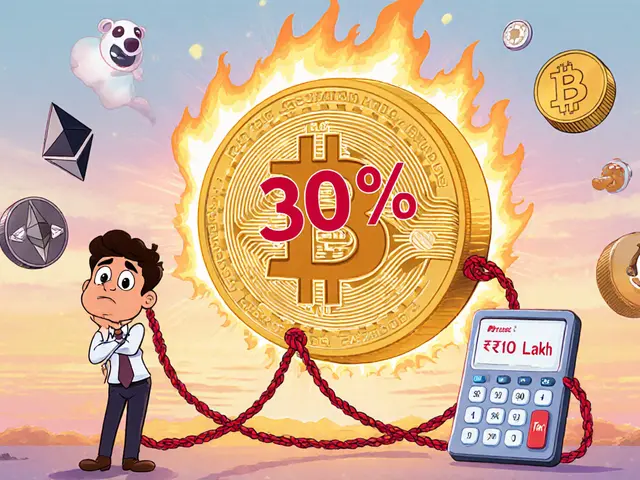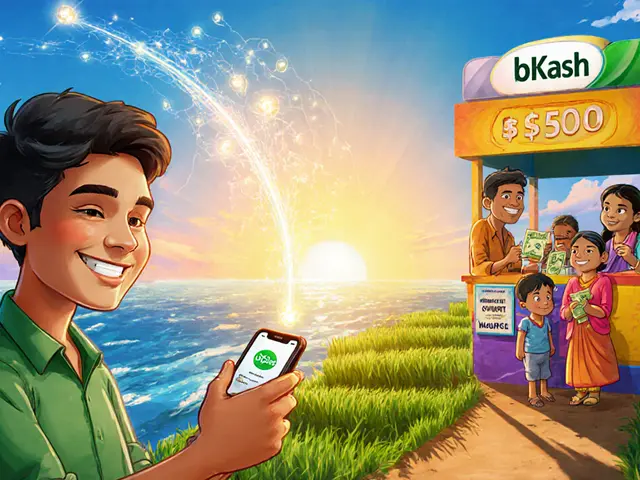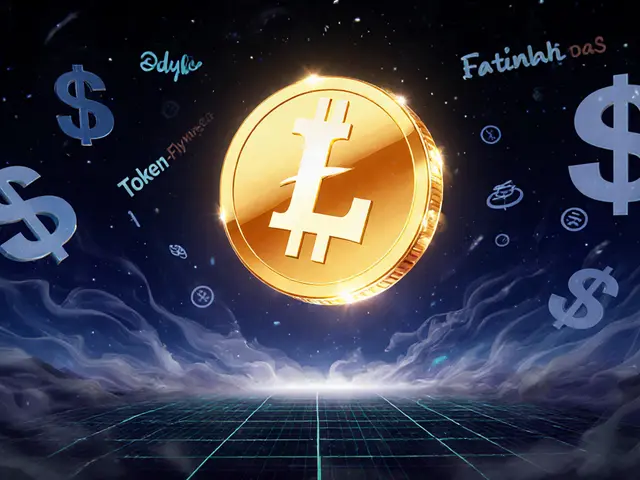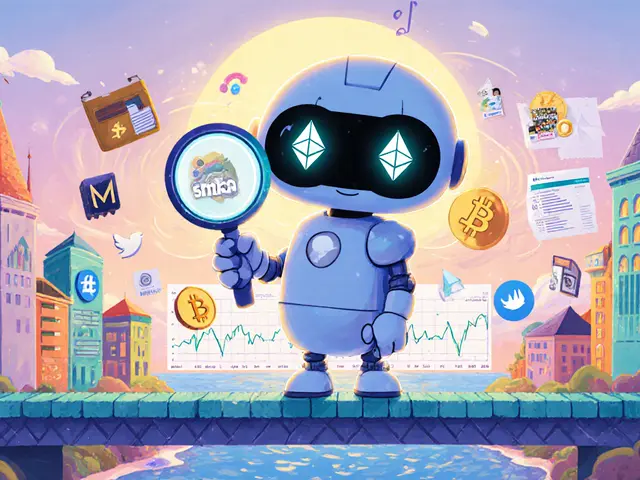No official Christmas NFT airdrop exists for DogemonGo in 2025. Learn what DogemonGo actually is, how to spot fake airdrops, and what real updates are coming in 2026 to avoid scams and protect your crypto.
Metaverse Landlord: What It Is and How People Profit from Virtual Real Estate
When you hear Metaverse Landlord, a person who buys, develops, or rents digital land in virtual worlds using blockchain and NFTs. Also known as virtual real estate investor, it’s not about pixels—it’s about ownership, scarcity, and real income streams in places like Decentraland, The Sandbox, and Otherside. This isn’t fantasy. People are spending tens of thousands of dollars on plots that don’t physically exist—and getting paid for it.
Behind every virtual real estate, digital parcels of land tied to blockchain records and sold as NFTs is a business model. Some landlords build games, shops, or art galleries on their land and charge visitors for access. Others rent out space to brands for virtual events, like concerts or product launches. A few even lease their land to other players who want to host their own projects without buying outright. The key? Location matters. Plots near popular hubs, roads, or event zones sell for more—just like in the real world.
It’s not all hype. Real money moves here. In 2022, a single plot in The Sandbox sold for over $4.3 million. While those prices cooled, the core idea stayed: blockchain land, digital property with provable ownership, transferable via crypto wallets and tracked on public ledgers gives you control no central company can take away. Unlike traditional games where your items vanish when servers shut down, NFT land is yours forever, as long as the blockchain runs.
But here’s the catch: most virtual land sits empty. Owning it doesn’t mean you’re rich—you have to do something with it. Successful Metaverse Landlords treat this like a startup. They track traffic patterns, partner with creators, and use analytics to see where people go. Some even hire developers to build simple apps or experiences that draw crowds. It’s not just buying land. It’s building a destination.
And it’s not just for crypto whales. You can start small. Some platforms let you buy tiny plots for under $100. If you pick the right one, and you’re willing to put in the work, you can earn rental income, sell upgrades, or even get paid in tokens just for hosting events. The tools are open. The rules are written in code. And the players? They’re real people—from students in Manila to entrepreneurs in Berlin—treating digital dirt like a real asset.
Below, you’ll find real breakdowns of projects, scams to avoid, and how people actually make money—not just talk about it. Whether you’re curious about buying your first plot or wondering why anyone would pay for virtual space, the posts here cut through the noise. No fluff. Just what works, what doesn’t, and who’s really winning in the metaverse land game.





